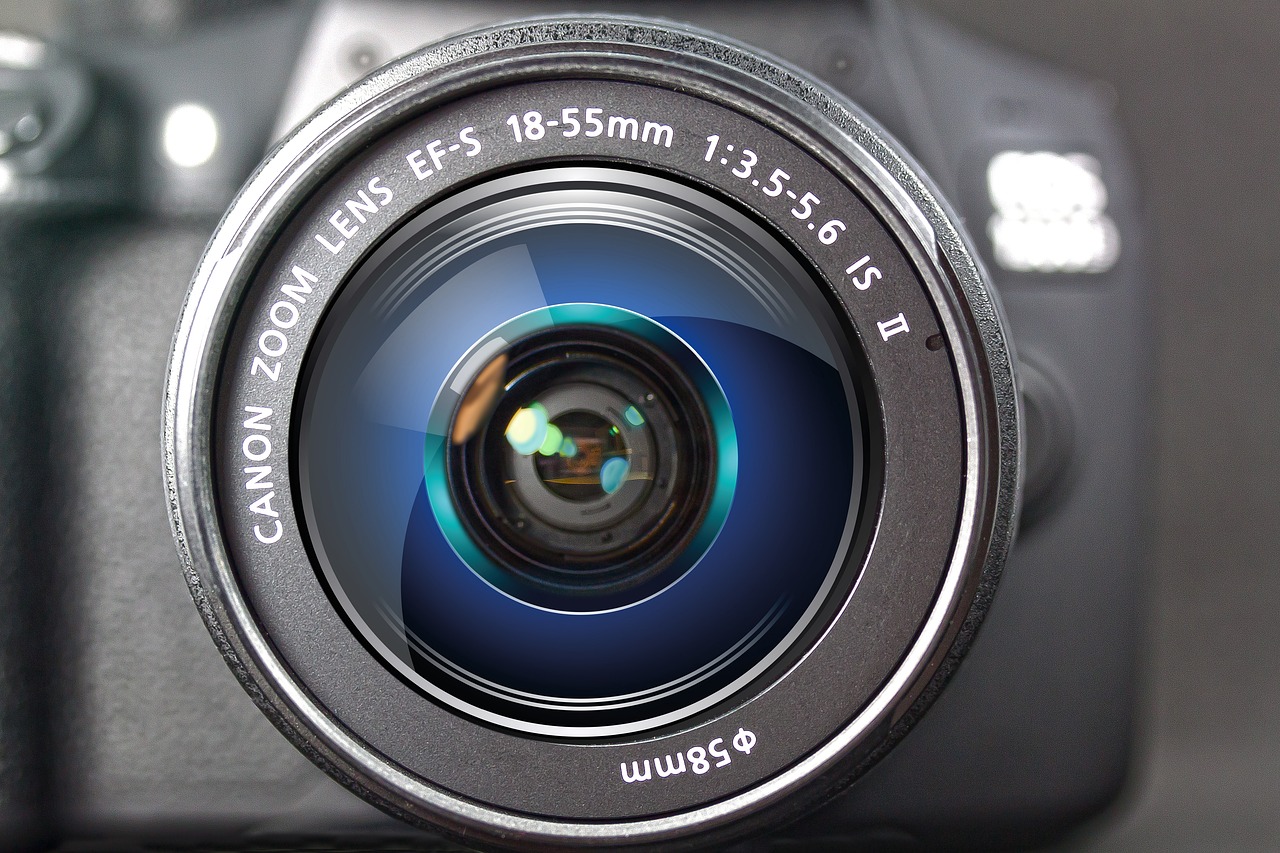The Role of Tech in Wildlife Research and Conservation
Wildlife research and conservation face numerous obstacles in their pursuit of protecting biodiversity and preserving ecosystems. One primary challenge stems from the vast expanses of natural habitats that are difficult to access and study thoroughly. The remote and often harsh environments where many species reside make it challenging for researchers to gather accurate data and monitor wildlife populations effectively.
In addition, the ever-growing threats posed by habitat destruction, poaching, and climate change significantly hinder conservation efforts. The fragility of many ecosystems and the rapid rate of environmental degradation intensify the urgency for conservation actions. Strategies to mitigate these threats require a multi-faceted approach that involves collaboration among scientists, policymakers, and local communities to ensure the long-term survival of wildlife species and their habitats.
Advancements in Tracking Technology
Tracking technology has revolutionized the field of wildlife research and conservation in recent years. With the use of GPS trackers, researchers are able to monitor animal movements more accurately and continuously than ever before. This technology has enabled scientists to gather crucial data on migration patterns, habitat preferences, and behavior of various species.
In addition to GPS trackers, advancements in satellite technology have further enhanced the tracking capabilities in wildlife research. By utilizing satellite tags, researchers can track animals across vast distances and remote locations, providing valuable insights into their movement patterns and crucial habitats. This technology has been instrumental in studying endangered species and implementing effective conservation strategies to protect their populations.
Use of Drones in Wildlife Monitoring
Drones have revolutionized the field of wildlife monitoring by providing researchers with a bird’s-eye view of hard-to-reach areas. These unmanned aerial vehicles enable scientists to track and observe wildlife populations more efficiently and accurately than ever before. With the ability to cover large distances quickly and quietly, drones have become an invaluable tool in monitoring elusive and endangered species in their natural habitats.
In addition to their effectiveness in monitoring wildlife populations, drones have also proven to be crucial in detecting illegal activities such as poaching and deforestation. Equipped with high-resolution cameras and thermal imaging technology, drones can detect suspicious activities from afar and provide real-time data to law enforcement agencies and conservation organizations. By deterring illegal activities and helping to protect vulnerable wildlife populations, drones are playing a vital role in conservation efforts around the world.
• Drones provide researchers with a bird’s-eye view of hard-to-reach areas
• Enable scientists to track and observe wildlife populations more efficiently and accurately
• Cover large distances quickly and quietly, making them invaluable in monitoring elusive species
In addition to their effectiveness in monitoring wildlife populations, drones have also proven to be crucial in detecting illegal activities such as poaching and deforestation. Equipped with high-resolution cameras and thermal imaging technology, drones can detect suspicious activities from afar and provide real-time data to law enforcement agencies and conservation organizations. By deterring illegal activities and helping to protect vulnerable wildlife populations, drones are playing a vital role in conservation efforts around the world.
Overall, the use of drones in wildlife monitoring has revolutionized the way researchers study animal behavior, track population trends, and combat illegal activities threatening ecosystems. With their ability to access remote areas that are difficult for humans to reach, drones have become an essential tool for conservationists working to protect endangered species and preserve biodiversity. As technology continues to advance, the capabilities of drones in wildlife monitoring will only continue to improve, further enhancing our understanding of the natural world.
What are some of the challenges faced in wildlife research and conservation?
Some of the challenges include limited funding, difficulty in accessing remote areas, and the risk of disturbing wildlife during traditional monitoring methods.
How have advancements in tracking technology helped in wildlife monitoring?
Advancements in tracking technology have allowed researchers to gather more accurate and real-time data on animal movements and behaviors.
How are drones being used in wildlife monitoring?
Drones are being used to conduct aerial surveys, track animal populations, monitor habitat change, and even deter poaching activities in wildlife conservation efforts.
What are some of the benefits of using drones in wildlife monitoring?
Some benefits include cost-effectiveness, efficiency in covering large areas quickly, reduced risk to researchers, and the ability to capture high-resolution images and videos for analysis.
Are there any drawbacks to using drones in wildlife monitoring?
Some drawbacks include limitations in flight time and battery capacity, regulations on airspace usage, and the potential for disturbance to wildlife if not used responsibly.





